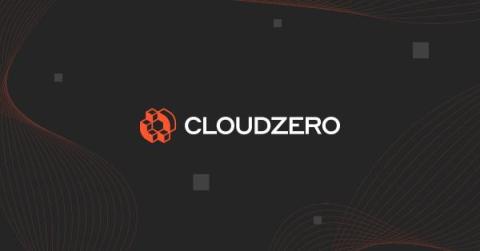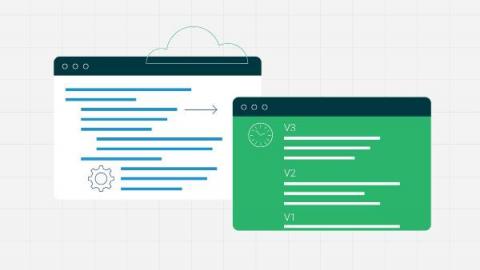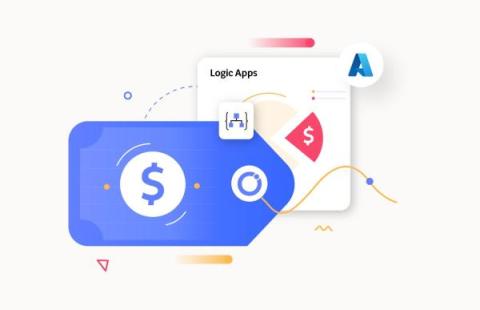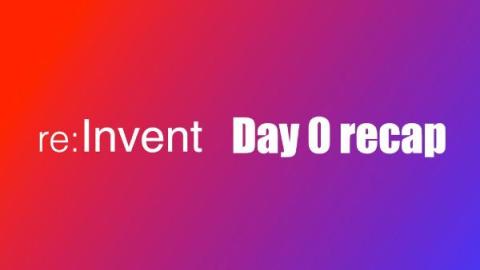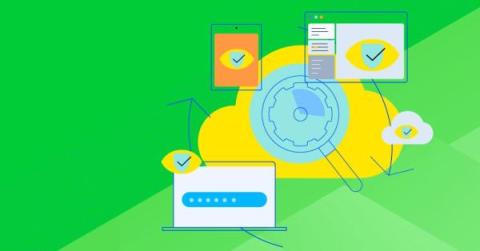Simplify Kubernetes with Cribl Edge on EKS Add-on
Let’s be honest, working with Kubernetes (K8s) has never been the easiest tech to work with. As a seasoned Kubernetes professional, I find myself constantly looking for ways to set up collecting data from my clusters, only to find out that there is a new, more complicated way to get the data I’m looking for.




